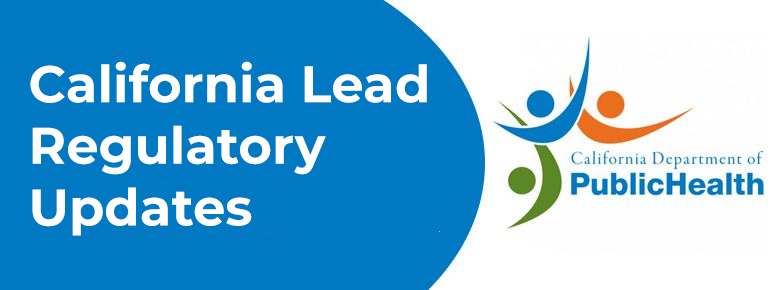
The Evolution of RRP Legislation in California: Change is on the Horizon – What You Need to Know
- natec
- October 9, 2023
- 8:42 am
- No Comments
The CDPH Childhood Lead Poisoning Prevention Branch (Branch) is set to conduct the first significant update to the existing Title 17 lead-based paint regulations of the California Code of Regulations since 2008. Part of this update will harmonize new RRP regulations with the existing Title 17 lead-based paint regulations. Additionally, the Branch will seek authorization from the US EPA to operate an RRP program in California and will establish a new Renovation Section to oversee the RRP program.
The landscape of lead-related construction work regulations in California will be seeing significant changes over the next few years. With the introduction and enactment of various Senate bills, the state has taken proactive steps to ensure the safety and health of its residents. Here’s a deep dive into the journey of RRP legislation in California and what it means for you.
A Brief History of RRP Regulation in California
The EPA RRP (Renovation, Repair, and Painting) Regulation has been a part of California’s regulatory framework since 2010. This regulation was a significant step towards ensuring that lead-based paint activities are conducted safely, minimizing the risk of lead exposure.
However, the journey didn’t stop there. Senate bills SB 1073 (2016) and SB 377 (2017) marked the initial efforts to pass RRP legislation in the state. While these were foundational, the real game-changer came with the introduction of SB 1076 in February 2022. This bill garnered support from various quarters, including environmental health advocates, code enforcement agencies, and other public health proponents. Their efforts bore fruit when SB 1076 was signed into law on September 23, 2022.
Key Provisions of SB 1076
SB 1076 brought about several pivotal changes:
- CDPH’s Role: The California Department of Public Health (CDPH) is now mandated to amend lead-related construction work regulations to align with the federal RRP Rule. Furthermore, the CDPH will seek authorization from the US EPA to implement the RRP Rule in California.
- Educational Outreach: July 1, 2023: the CDPH was required to begin rolling out RRP educational outreach through the California State Licensing Board (CSLB) by this date.
- Certification Requirements: The bill mandates that by January 1, 2024, all RRP firms and individual renovators must be certified. However, if this deadline isn’t met, the likely timeline for certification would be in the latter half of 2025. This delay is attributed to the CDPH Information Technology Services Division Project Approval Lifecycle, which requires time to develop a new RRP firm and individual renovator certification system.
Your Role in the Regulatory Change
The upcoming Title 17 update and RRP harmonization are monumental for the lead-based paint regulations implemented by the Branch. As these changes are on the horizon, your input is invaluable.
– Title 17 Update: This is the first major update since 2008 and may address a wide range of issues.
– RRP Harmonization: The RRP regulations will be developed and incorporated into Title 17. This is a crucial step for California to receive federal authorization to implement a state RRP program.
In Conclusion
The journey of RRP legislation in California has been marked by continuous efforts to enhance public health and safety. As the state moves forward with these regulatory changes, staying informed and proactive is essential for all stakeholders. Your voice and participation in this process can shape the future of lead-related construction work regulations in California.
NATEC will continue to offer information to our industry to help our industry remain current with upcoming changes and awareness so our industry can remain informed and prepared. You can stay updated at www.NATECintl.com.

